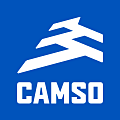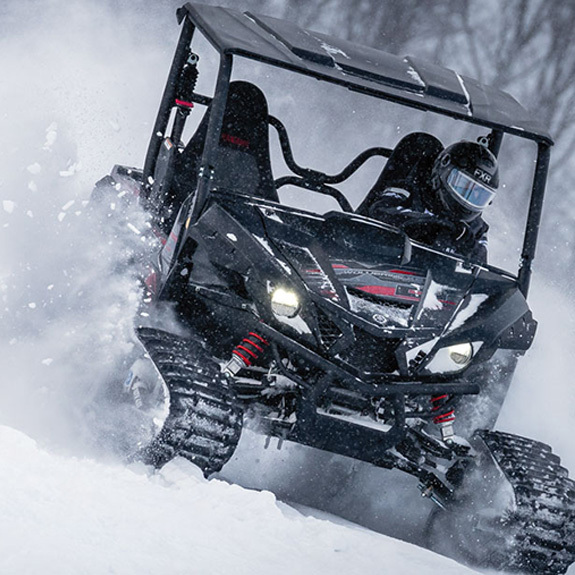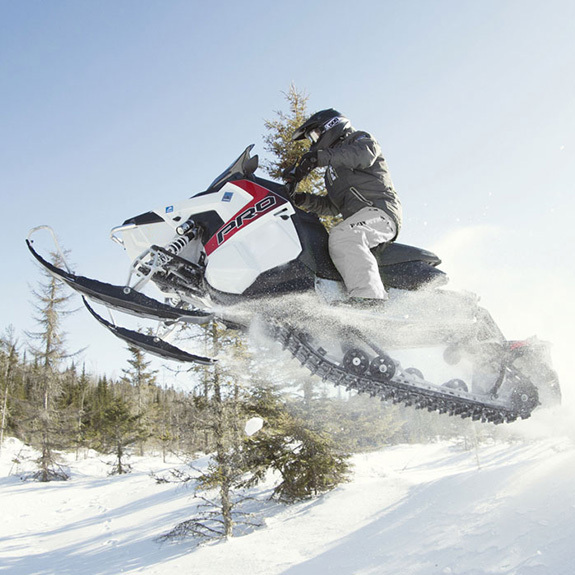Top 5 trends in the construction equipment market
Construction equipment never stops evolving. As OEMs develop new technologies and bring those enhancements to market, construction machinery of all types, makes and sizes are, at once, more efficient, more productive and more sensitive to ROI consideration. Mobility solutions have to keep pace as construction equipment continues to evolve, with tires and tracks being the most expensive wear items on machines.
We are observing 5 leading trends within the construction equipment market:
- Users of all types of construction equipment are demanding more versatility, efficiency and durability from their machines.
- In general, there is a trend toward tracked construction equipment which provide increased traction, floatation, stability and durability over wheeled equipment.
- For compact construction equipment in particular, solid tire solutions are increasingly popular and not just on skid steer loaders.
- To improve fleet efficiency and reduce asset risk, construction companies are more likely to rent equipment than at any time in the past.
- With the larger and faster machines often “roading” between job sites or operating at higher speeds, radial tires are increasingly popular for bigger machines.
1. Increased User Demands
As the most expensive consumable items on construction equipment, the tires or tracks must be able to keep up with increasingly demanding applications. Contractors are generally taking on a wider range of work. Under pressure to deliver more on-time performance and durability, they are requiring their machines to do as much work as possible with as little capital and maintenance cost as possible.
As equipment users pay increased attention to their costs, they are striving to maximize machine uptime. Tracks and especially tires engineered for the specific applications will bring more productivity, profitability and ultimately better results for the end user.
All too often, tires are forgotten about once they are in place – until either a debilitating or even catastrophic event occurs. A key is to have a reliable and experienced local dealer who can act as a consultant to help address and solve tire or track issues. Often they can leverage tire tracking software, be it proprietary to the particular tire brand or a third-party product. This type of software can really help increase your awareness of the current situation and help predict and overcome future issues to minimize cost per hour.
2. Getting Contractors on Track
Avoiding flats altogether, construction equipment users are increasingly adopting tracks over tires and, along the way, boosting machine performance and productivity. Industry studies in recent years reported that unit sales of compact track loaders are actually outpacing the sale of the traditional skid steers. This includes in the rental, construction and agricultural sectors long considered the cradle markets for skid steers.
With wider footprints providing better pulling power and more torque, tracked machines offer more maneuverability and stability than the comparable tire-equipped machines. This is particularly advantageous in deep, muddy off-road conditions, where traction and flotation solutions are not just desired, but necessary.
In regions where seasons change drastically, tracked machines are able to get on job sites earlier and thus start making money earlier. Tracked solutions do cost more than tires, but offer undeniable advantages in terms of machine utilization.
Bringing the two worlds together, tire and track manufacturers have developed conversion track systems that allow equipment users to easily switch between tires and tracks as required. These bolt-on undercarriages can, if desired, be left in place to provide a permanent solution.
And these conversion systems are not just an equipment utilization tools for traditional skid steers. Current prototypes are proving the technology will extend to such varied equipment types as compact wheel loaders, telescopic handlers and mini-dumpers.
Another solution is the Over-the-Tire Track (OTT), which supports the trend toward tracked compact equipment, but at a fraction of the cost of a dedicated tracked unit. In as little as 20 minutes, the OTT can convert a skid steer loader into what’s essentially a compact track loader. With this easy-on, easy-off attachment ideal for equipment customers requiring a part-time track loader only, rubber or steel tracks are quickly wrapped around the existing left and right sets of tires.
3. A Solid Way to Go
For more than 10 years now, solid tires have been popular for skid steer loaders used in puncture-prone and severe or environmentally-challenging applications, such as waste, demolition and paving. Thanks to newer options developed since, solid tires are now viable for other construction equipment types, including telescopic handlers, compact wheel loaders and even full-sized wheel loaders.
The engineering of apertures or holes into the solid tires is playing a major role in enhancing the operator comfort and, correspondingly, the popularity of the once highly specialized tires.
With an increased dependency on rental companies to cost-effectively provide a greater variety of equipment types to customers who will work the equipment liberally and often aggressively, having tires that avoid flats is key. With the price now similar to that of foam-filled tires, the rental market is leading the shift to solid tires.
4. Rental Houses Step Up
The precarious state of the construction industry during the great recession of 2008 has since generated a resistance to buying and maintaining large fleets of equipment that carries a substantial financial burden and risk. This is where an equipment rental company can provide a flexible, efficient solution.
Since then, the growth of the rental market has even exceeded the growth of the general economy. The construction market may be better than it was last decade, but the mindset of letting someone else take on the ownership costs and depreciation of capital assets has persisted and will continue to.
With construction spending projected to continue increasing, at a rate of 5.7% through 2020 according to the Construction Intelligence Center, revenues in the rental market will continue to climb. The U.S. rental market alone is expected to grow more than 15% in the same period.
5. The Road to Productivity
For some time now, North American construction equipment users are increasingly aware of the productivity advantages of having operators “road” their wheel loaders, motor graders and backhoe loaders between local job sites. This has been standard practice in Europe for many generations, where floating equipment from site to site is often considered cumbersome and unnecessary.
With commuting now as much an application, factors such as the better ride quality, decreased heat build-up and reduced tread wear on hard surfaces explains why radial tires are increasingly popular for these larger machines. This is an application where solid tires utilizing aperture technology can also prove effective.
By comparison, compact equipment less likely to be operated on streets between jobsites continue to rely heavily on bias-ply tires, solid tires and tracks.
The Bottom Line
Suppliers and manufacturers of tires and tracks need to keep pace with the increased expectations for construction equipment, in order to provide mobility, versatility and productivity solutions on a consistent basis. As tracks and tires are the most expensive replacement wear items on construction equipment, dealers and end-users simply can’t roll with the punches, no pun intended.



























